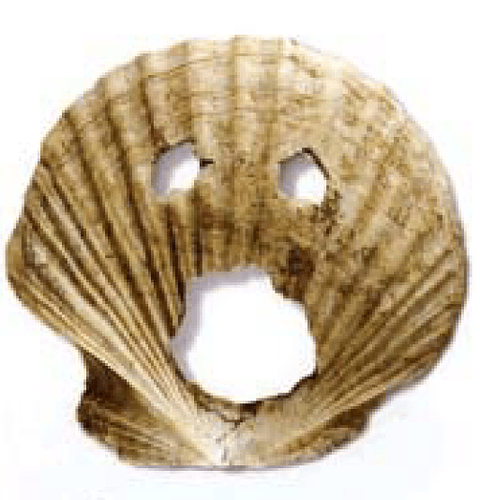Part 2. Totemism, Cows, and Sanctuaries
OK, this time covers Bronze age ~ Iron age.
We should see historical background first! If we don’t, we will lost our ways in complex historical events with so many names.
The very first Korean country was Old Joseon, and thus it is considered as virtual starting point of Korean history.
It has two funny facts:
-
According to Samguk Yusa, or Memorabilia of the Three Kingdoms, Old Joseon was founded BCE 2,333. Modern day historians debate whether this is real or not. My opinion is “No one knows!”
-
Old Joseon was not ‘Old’ Joseon, actually. It was just Joseon. But the monk Ilyeon, author of Samguk Yusa, added ‘Old’ just to mention it was very very old past. And in 1392, nearly 103 years after Ilyeon died, General Yi Seong-gye founded the Joseon dynasty(yes, it’s that Joseon which we know better than the Old one!)… as a result of his coup d’etat four years earlier. OMG. Thus we have to make a division between two Joseons.
Meanwhile Old Joseon was thriving, and after it was destroyed in BCE 108, other Korean countries began to rise up.
One of them was Buyeo, the others were Okjeo, Dongye, and Samhan.
Buyeo became the root of Baekje and Goguryeo, though it was not their only root, and Samhan did more complex things.
Actually “Samhan” means “three Koreas” and it had three groups, which contained 78 small countries in total! Mahan(54 countries), Jinhan(12 countries), and Byeonhan(same as Jinhan) were them.
Mahan became another root of Baekje, Jinhan became the root of Silla, and Byeonhan became Gaya countries.
Only Baekje, Silla, and Goguryeo became what we call “ancient countries”, thus making the Three Kingdoms Period in Korean history. The other countries(Okjeo, Dongye, Gaya) failed to grow, and consequently they were absorbed into Three Kingdoms.
We will see here mainly Buyeo and Samhan with Old Joseon.
- Old Joseon - Totemism Based Magic
According to its birth myth, recorded in Samguk Yusa(Master Ilyeon really rocks!), Old Joseon was founded on bear-worshipping Totemism.
The story goes like this.
“Hwan-ung, one of the sons of God, descended upon a mountain in Korea and ruled people there.
One day a bear and a tiger came to him and asked how to become humans.
The King gave two carnivores mugworts with garlics, and he told them, if they eat only these during 21(or 100) days then they’ll fulfill their wishes.
Only the bear endured the hardship, became a beautiful woman, and married the King.
Their son was Dangun, the founder of Old Joseon.”
Can you see? Its historical meaning is that two totemism-based tribes(one worshipped bear, the other tiger) met with another tribe which had new technology. Bear tribe shook hands with the newcomers, made a marriage alliance with them, while Tiger tribe did not.
Some modern scholars took this as an allusion of magical ceremonies, which were related to girl-to-woman growth and menstruation.
Of course we should not ignore the Totemistic nature, of both the story and the Kingdom itself. It wasn’t uncommon for those ancient people to worship animals.
- Buyeo - You can do divination if you have a cow
The way that Buyeo people did divination had one special thing to prepare… It was a cow.
How they did it? This is the way:
One. Get a cow.
Two. Slaughter it. Bye bye cow!
Three. Do divination by the shape of its hoof.
Buyeo people had one more cool tradition.
If they suffer some natural disaster, they killed their king.
It was not weird in those times, 'cause kings in ancient times were also the chief priests, thus making them magicians.
Magic was indeed difficult at least for the cows and kings.
- Samhan - Catch me if you can!
Samhan had so many small countries, (a total of 78) and their political system were divided between religion and state, so their kings and tribe leaders were not magicians.
Instead they had some priests named Cheon-gun to handle all religious things with magic.
They also had sanctuaries named Sodo.
The ‘Sodo’ s were extremely holy, extraterritorial areas. They were so sacred, that even if a criminal ran away into there, people couldn’t catch him/her.
Of course, if he/she got out of there… You can think of the rest.
In next post we will see Three Kingdoms period. Yes, the interesting part!


